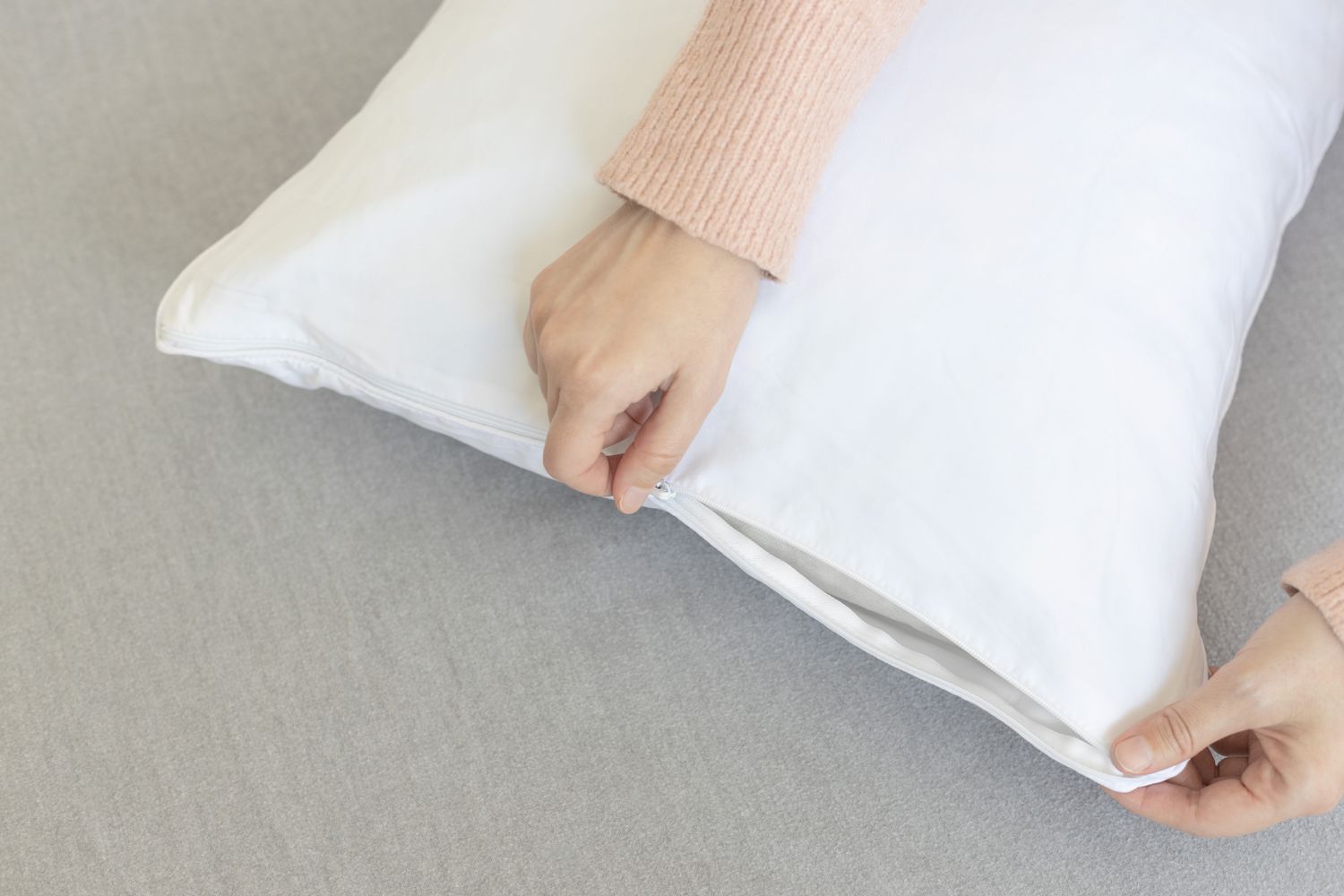

Articles
How To Kill Dust Mites In Pillows
Modified: January 19, 2024
Learn effective ways to kill dust mites in pillows with our informative articles. Protect yourself from allergies and enjoy a healthier sleep environment.
(Many of the links in this article redirect to a specific reviewed product. Your purchase of these products through affiliate links helps to generate commission for Storables.com, at no extra cost. Learn more)
Introduction
Dust mites are microscopic creatures that are commonly found in our living spaces, especially in areas such as mattresses, carpets, and pillows. While they may be invisible to the naked eye, their presence can have a significant impact on our health. In this article, we will explore the world of dust mites and focus specifically on how to eliminate them from our pillows.
Dust mites are not parasites and do not bite or sting humans. However, their feces and body fragments contain proteins that can trigger allergic reactions in some people. For those who are allergic, the presence of dust mites can lead to symptoms such as itching, sneezing, watery eyes, and even asthma attacks. Therefore, it is crucial to take proactive measures to remove these unwanted guests from our pillows and create a healthier sleeping environment.
In order to effectively tackle dust mites, it is essential to understand their living habits. Dust mites thrive in warm and humid environments, making our pillows an ideal breeding ground. These tiny creatures feed on dead skin cells that humans naturally shed. Therefore, it’s no surprise that pillows, which absorb sweat and skin debris during the night, become a haven for dust mites.
Now that we have a basic understanding of the problem at hand, we can explore the signs of dust mite infestation in pillows and the steps to take in order to combat them effectively.
Key Takeaways:
- Regular washing, vacuuming, and using allergen-proof pillow covers are essential in controlling dust mite populations. Natural remedies like essential oils and diatomaceous earth can also help eliminate these microscopic pests.
- For severe cases, professional treatment options such as UV light treatments and allergen immunotherapy are available. Combining home remedies, preventive measures, and professional treatments can effectively create a healthier sleeping environment.
Read more: How To Kill Dust Mites In Carpet
Understanding Dust Mites
Dust mites are microscopic arachnids that belong to the same family as spiders. They are not visible to the naked eye, measuring only about 0.2-0.3 millimeters in size. Despite their small stature, they can cause big problems for those who are sensitive to their allergens.
These tiny creatures thrive in warm and humid environments and are commonly found in households worldwide. While they can live anywhere that provides them with their basic necessities, such as food (dead skin cells) and moisture, there are certain areas where dust mites are particularly abundant.
One of the main areas where dust mites thrive is in bedding materials, including pillows. Pillows provide an ideal environment for dust mites to multiply due to the warmth and moisture that can be trapped within them. Additionally, pillows absorb sweat, oil, and dead skin cells from our bodies, providing ample food for the dust mites.
Other common areas in the home where dust mites can be found include mattresses, bedding, carpets, upholstery, and curtains. These locations often have a higher concentration of dust mites due to their ability to trap allergen sources like skin flakes and dust. Dust mites can also be found in stuffed toys, as they provide a cozy environment for them to breed and colonize.
It’s important to note that dust mites are not present in just dirty or unclean environments. Even the cleanest of homes can harbor these tiny creatures. In fact, research has shown that dust mite levels tend to be higher in bedrooms than in other parts of the home, as we spend a significant amount of time in bed.
Now that we have a better understanding of what dust mites are and where they thrive, we can delve into the potential health risks associated with dust mites and their impact on our well-being.
Health Risks Associated with Dust Mites
Dust mites may be small, but their impact on our health can be significant. For individuals who are allergic to dust mite allergens, exposure to these microscopic creatures can lead to various health risks.
Allergic reactions: Dust mite allergens, primarily found in their feces and body fragments, can trigger allergic reactions in sensitive individuals. These reactions can manifest as sneezing, itching, a runny nose, and watery eyes. In some cases, exposure to dust mite allergens can also cause skin rashes or hives.
Asthma symptoms: Dust mite allergens are a known trigger for asthma symptoms, especially in individuals who already have asthma. Breathing in these allergens can cause inflammation in the airways, leading to coughing, wheezing, chest tightness, and difficulty breathing. In extreme cases, exposure to dust mite allergens can even precipitate an asthma attack, which can be life-threatening.
It is worth noting that not everyone who is exposed to dust mites will develop allergic reactions or asthma symptoms. However, for those who are susceptible, reducing exposure to dust mite allergens is essential for managing their symptoms and maintaining good respiratory health.
Now that we understand the potential health risks associated with dust mite exposure, it’s crucial to be able to recognize the signs of dust mite infestation in pillows, as well as how to check for their presence.
Signs of Dust Mite Infestation in Pillows
Dust mites can easily make themselves at home in our pillows, creating a breeding ground for their population to grow. It’s important to be aware of the signs of dust mite infestation so that appropriate measures can be taken to control their presence.
Common indicators: There are several common signs that may indicate a dust mite infestation in pillows. One of the most noticeable signs is the presence of allergy symptoms upon waking up, such as sneezing, a runny nose, or itchy and watery eyes. If you consistently experience these symptoms primarily while using a particular pillow, it may be an indication of dust mite activity.
Another sign of dust mite infestation is the appearance of small red bumps or rashes on the face or neck. These skin irritations can be a result of an allergic reaction to dust mites or their waste products. Additionally, if you notice an unpleasant musty odor emanating from your pillow, it could be a sign that dust mites are present.
How to check for dust mites in pillows: Checking for dust mites in pillows can be done through a simple inspection. Start by removing the pillowcase and visually examine the surface of the pillow. Look for any visible signs of dust mites, such as tiny white or translucent creatures crawling on the fabric.
For a more thorough examination, consider using a magnifying glass to get a closer look. Dust mites themselves may be challenging to spot due to their small size, but you may be able to see their waste products, which appear as tiny brown specks. These specks are actually feces and body fragments of dust mites and can be a clear indication of their presence.
If you suspect a dust mite infestation but are unable to visually confirm it, you may want to consider purchasing or borrowing a dust mite test kit. These kits typically involve collecting a sample of the pillow dust and sending it to a laboratory for analysis. The results will determine the presence of dust mite allergens, providing concrete evidence of an infestation.
Now that we have identified the signs of dust mite infestation in pillows, it’s time to explore effective cleaning and preventive measures to eliminate these unwanted guests.
Wash pillows in hot water (130°F or higher) to kill dust mites. Use a dust mite-proof cover and vacuum regularly to reduce their presence.
Cleaning and Preventive Measures
Keeping your pillows clean and implementing preventive measures is key to controlling dust mite populations and creating a healthier sleeping environment. Here are some effective methods to consider:
Regular washing and vacuuming: To kill dust mites and remove allergens from your pillows, it’s important to wash them regularly. Check the care label on your pillows for washing instructions and use hot water (above 130°F or 54°C) to ensure mites are killed. Additionally, vacuuming your pillows can help remove dust mites and their debris. Use a vacuum cleaner with a HEPA (high-efficiency particulate air) filter to trap the allergens.
Using allergen-proof pillow covers: Invest in high-quality allergen-proof pillow covers or encasements. These covers act as a barrier, preventing dust mites and their allergens from penetrating your pillows. Look for covers with tightly woven fabric that can effectively block mites and their waste products.
Freezing pillows: Cold temperatures can kill dust mites, so putting your pillows in a plastic bag and placing them in the freezer overnight can help eliminate these microscopic pests. Before doing this, ensure that your pillows are moisture-free to prevent the growth of mold or mildew.
Sunning pillows: Dust mites thrive in humid environments, so exposing your pillows to direct sunlight can help reduce their population. Sunning your pillows on a bright and sunny day can dry out the moisture and create an inhospitable environment for dust mites.
Steam cleaning: Steam cleaning is an effective way to kill dust mites and remove allergens from your pillows. Use a handheld steam cleaner and carefully follow the manufacturer’s instructions. It’s important to note that not all pillows can withstand steam cleaning, so check the care label or consult the manufacturer before proceeding.
By incorporating these cleaning and preventive measures into your routine, you can significantly reduce dust mite populations and minimize the allergens in your pillows. However, for those who prefer natural remedies, there are alternative methods to consider as well.
Read more: What Kills Dust Mites In A Carpet
Natural Remedies for Dust Mites
If you prefer to use natural remedies to combat dust mites in your pillows, there are several effective options to consider. These natural remedies can help eliminate dust mites and reduce allergens without the use of harsh chemicals. Here are some natural remedies you can try:
Essential oils: Certain essential oils have been found to have insecticidal properties and can effectively kill dust mites. Tea tree oil, eucalyptus oil, and lavender oil are popular choices. Mix a few drops of your preferred essential oil with water in a spray bottle and lightly mist your pillows. Alternatively, you can add a few drops of essential oil to your laundry when washing your pillows.
Diatomaceous earth: Diatomaceous earth is a fine powder made from the fossilized remains of diatoms. It works by dehydrating and damaging the exoskeletons of dust mites, causing them to perish. Sprinkle diatomaceous earth on your pillows and let it sit for a few hours. Then, thoroughly vacuum the powder using a vacuum cleaner with a HEPA filter.
Baking soda: Baking soda is known for its ability to absorb odors and can also help eliminate dust mites. Sprinkle baking soda on your pillows and gently rub it in. Let it sit for a few hours or overnight, then vacuum thoroughly to remove the baking soda and any trapped dust mites.
Freezing and sunlight exposure: As mentioned earlier, dust mites cannot survive extreme temperatures. By sealing your pillows in a plastic bag and placing them in the freezer for a few hours, you can effectively kill off the dust mites. Another natural way to reduce dust mites is by exposing your pillows to direct sunlight. Sunlight helps to dry out moisture and creates an environment where dust mites find it harder to thrive.
While natural remedies can be effective, it’s important to remember that they may not completely eliminate all dust mites or allergens. Therefore, it’s recommended to combine natural remedies with regular cleaning and preventive measures for better results.
If you find that these natural remedies do not provide the desired results, or if you prefer a more comprehensive and professional treatment, there are options available for you to explore.
Professional Treatment Options
If home remedies and preventive measures are not sufficient in controlling dust mites in your pillows, there are professional treatment options available that can help you effectively tackle the problem. These methods are more intensive and may require professional assistance. Here are some professional treatment options to consider:
Hiring a professional cleaning service: Professional cleaning services specializing in dust mite removal can thoroughly clean and sanitize your pillows. They use specialized equipment and techniques to eliminate dust mites and their allergens effectively. This can be a convenient option for those who prefer to leave the job to the experts.
UV light treatments: UV light has proven to be effective in killing dust mites, as it damages their DNA and disrupts their reproductive cycle. Professional pest control services or allergy specialists may offer UV light treatments for pillows. These treatments involve exposing the pillow to high-intensity ultraviolet light, effectively eliminating dust mites and reducing allergen levels.
Allergen immunotherapy: Allergen immunotherapy, also known as allergy shots, is a treatment option for individuals with severe allergies to dust mites. This treatment involves gradually exposing the immune system to small amounts of the dust mite allergens over time, which can help reduce sensitivity and decrease allergic reactions. Allergen immunotherapy is typically administered under the guidance of an allergist.
When considering professional treatment options, it’s essential to consult with experts in the field to determine the most suitable approach for your specific situation. They can assess the severity of the infestation and provide personalized recommendations based on your needs.
Ultimately, the choice between home remedies and professional treatments depends on various factors, including the severity of the infestation, your budget, and your personal preferences. It’s essential to prioritize regular cleaning practices and preventive measures to maintain a dust mite-free environment in your home.
Now that we have explored various cleaning methods and professional treatment options, let’s summarize the key points and conclude our discussion.
Conclusion
Dust mites are tiny creatures that can wreak havoc on our health, especially when they infest our pillows. Their allergens can trigger allergic reactions and exacerbate asthma symptoms, making it essential to take proactive measures to eliminate them from our sleeping environment.
Understanding dust mites and their habits is the first step in effectively dealing with them. Dust mites thrive in warm and humid environments, making pillows an ideal breeding ground. They feed on dead skin cells and can lead to allergic reactions and asthma symptoms in sensitive individuals.
Signs of dust mite infestation in pillows include allergy symptoms upon waking up, skin irritations, and musty odors. Simple visual inspections and the use of magnifying glasses can help confirm their presence. Regular washing, vacuuming, and using allergen-proof pillow covers are important cleaning and preventive measures that can help reduce dust mite populations.
If you prefer natural remedies, options such as essential oils, diatomaceous earth, baking soda, freezing, and sunlight exposure can help eliminate dust mites. Professional treatment options, including hiring a cleaning service, UV light treatments, and allergen immunotherapy, are available for more advanced cases or severe allergies.
Combining home remedies, preventive measures, and professional treatments when necessary can effectively control dust mites and create a healthier sleeping environment. It’s important to find the approach that works best for you, considering factors such as the severity of the infestation, personal preferences, and budget.
Remember, maintaining good hygiene practices, regularly cleaning your pillows, and implementing preventive measures are key to keeping dust mites at bay. By taking proactive steps to eliminate these unwanted guests, you can ensure better sleep quality and reduce the risk of allergic reactions and respiratory problems.
Now armed with this knowledge, go forth and create a dust mite-free sanctuary for a healthier and more restful sleep!
Frequently Asked Questions about How To Kill Dust Mites In Pillows
Was this page helpful?
At Storables.com, we guarantee accurate and reliable information. Our content, validated by Expert Board Contributors, is crafted following stringent Editorial Policies. We're committed to providing you with well-researched, expert-backed insights for all your informational needs.
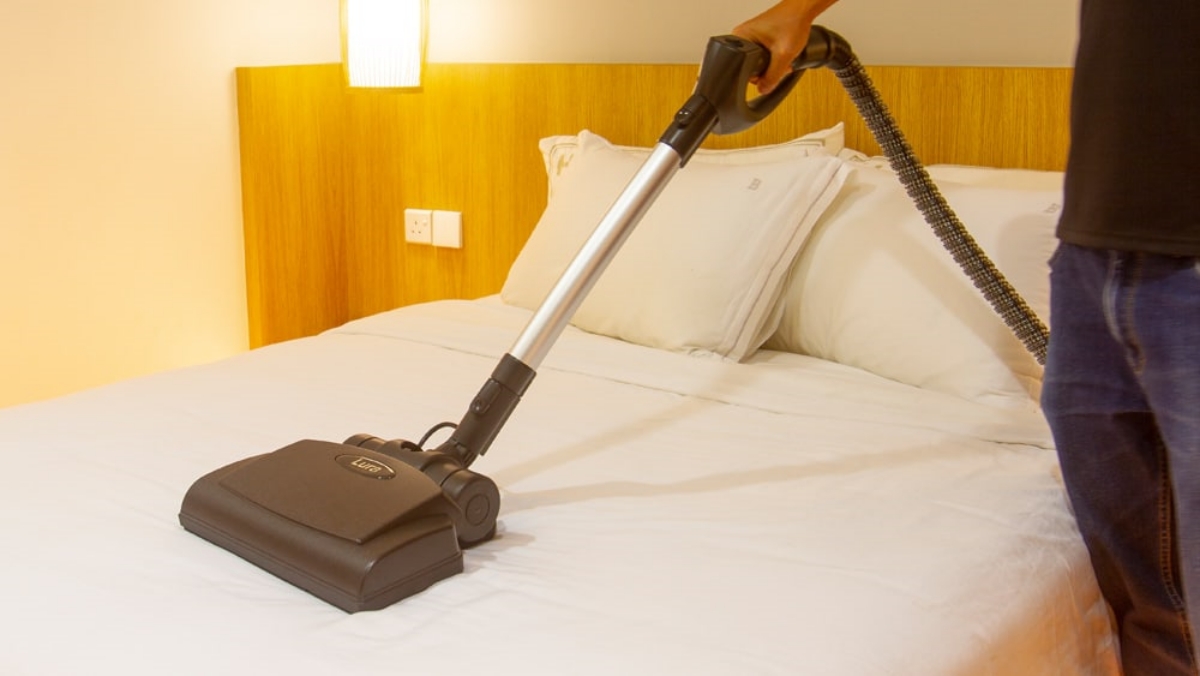
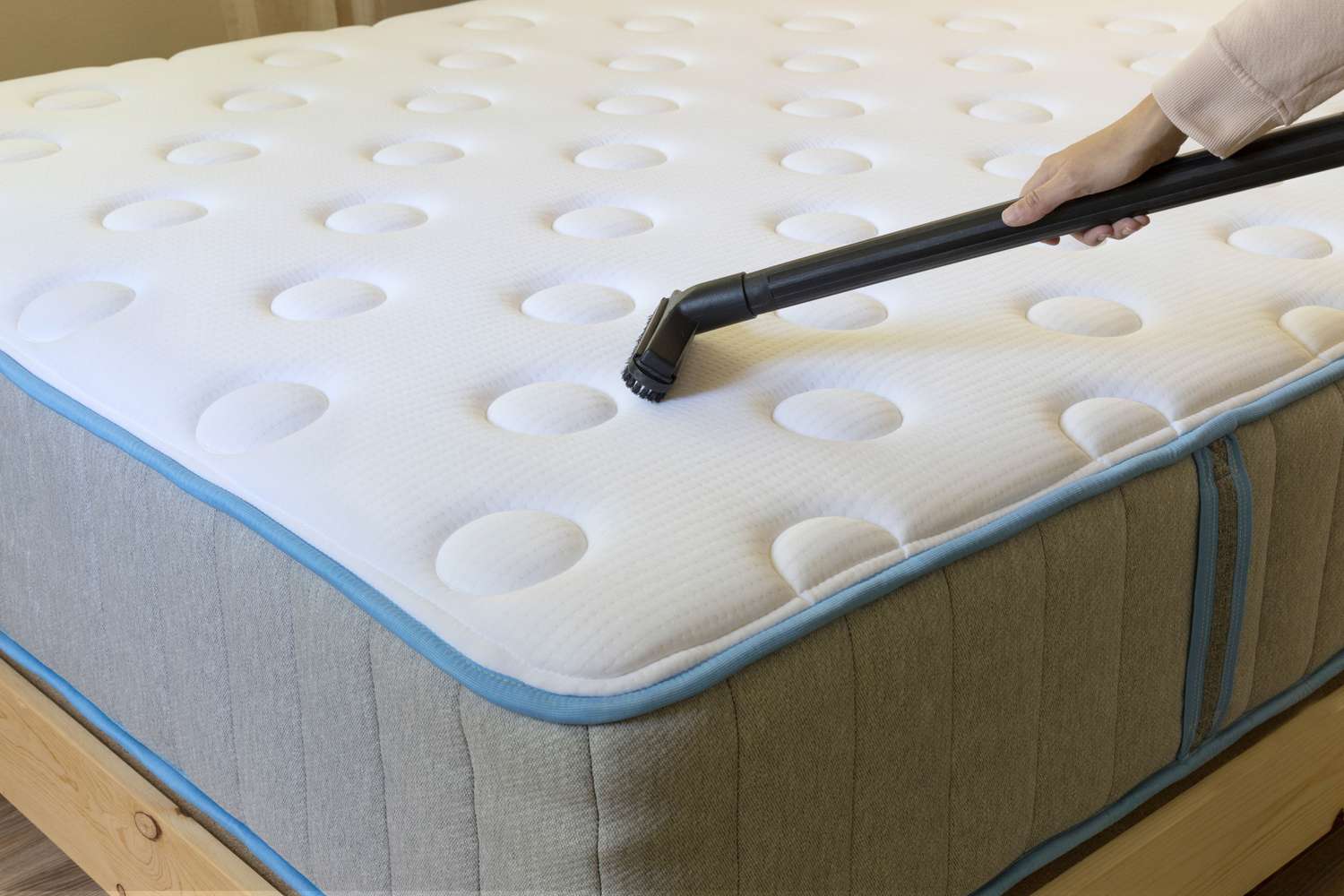
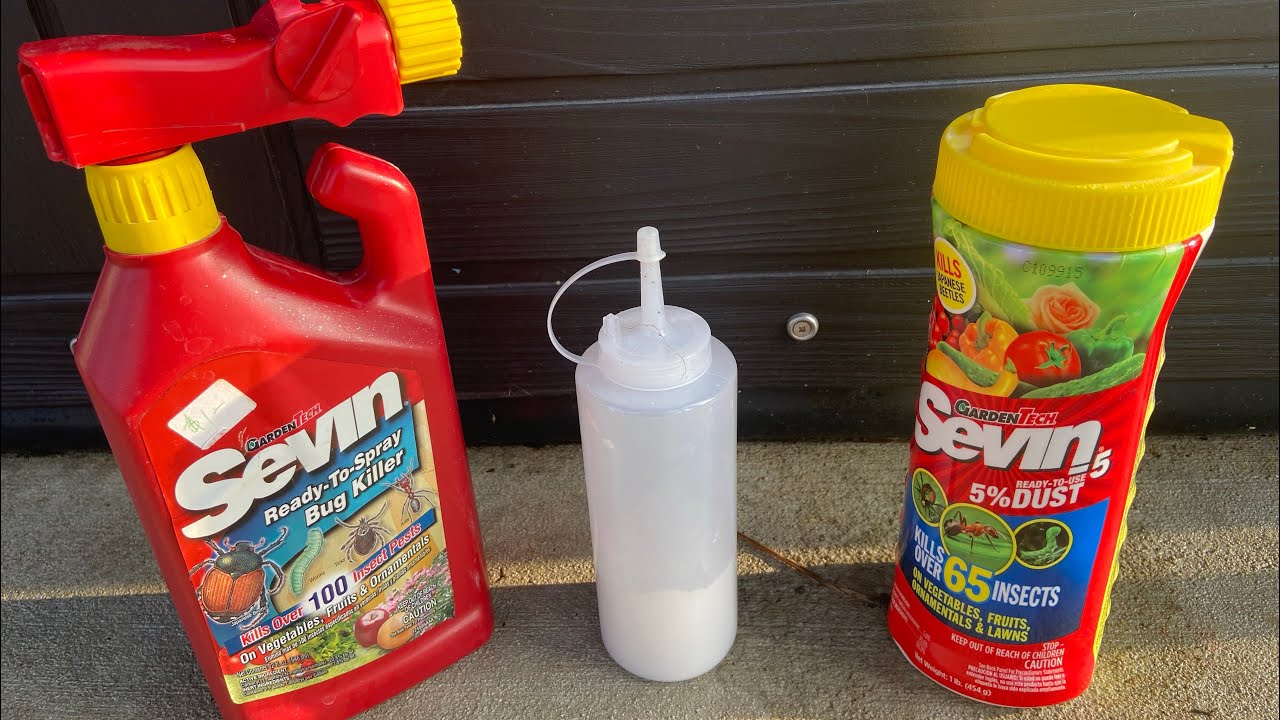
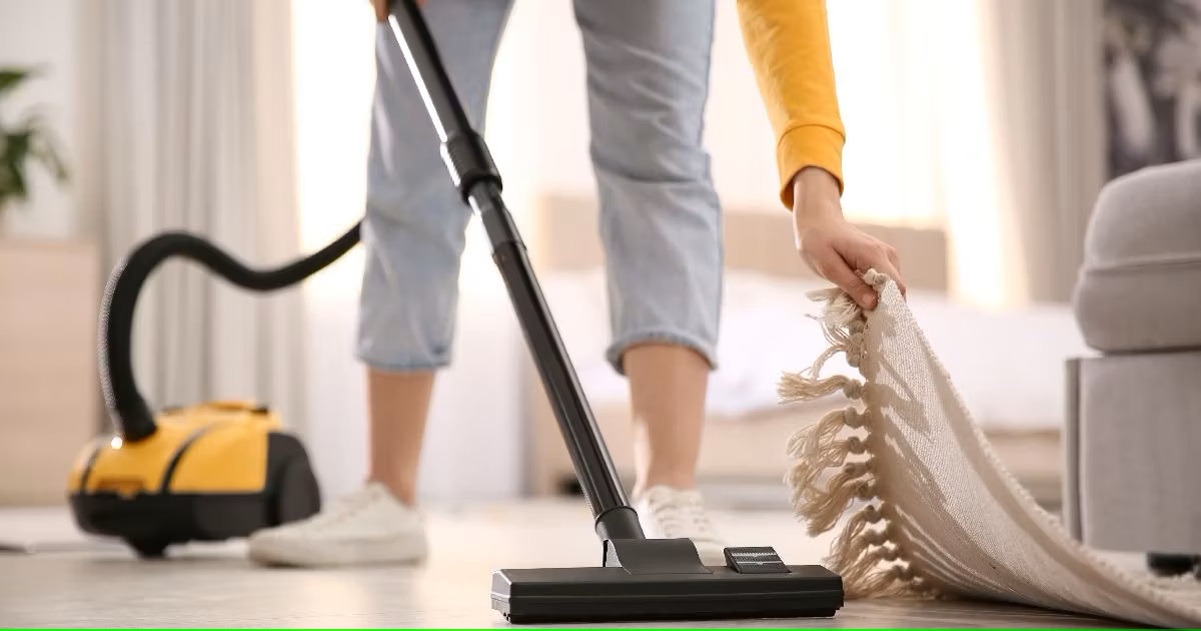
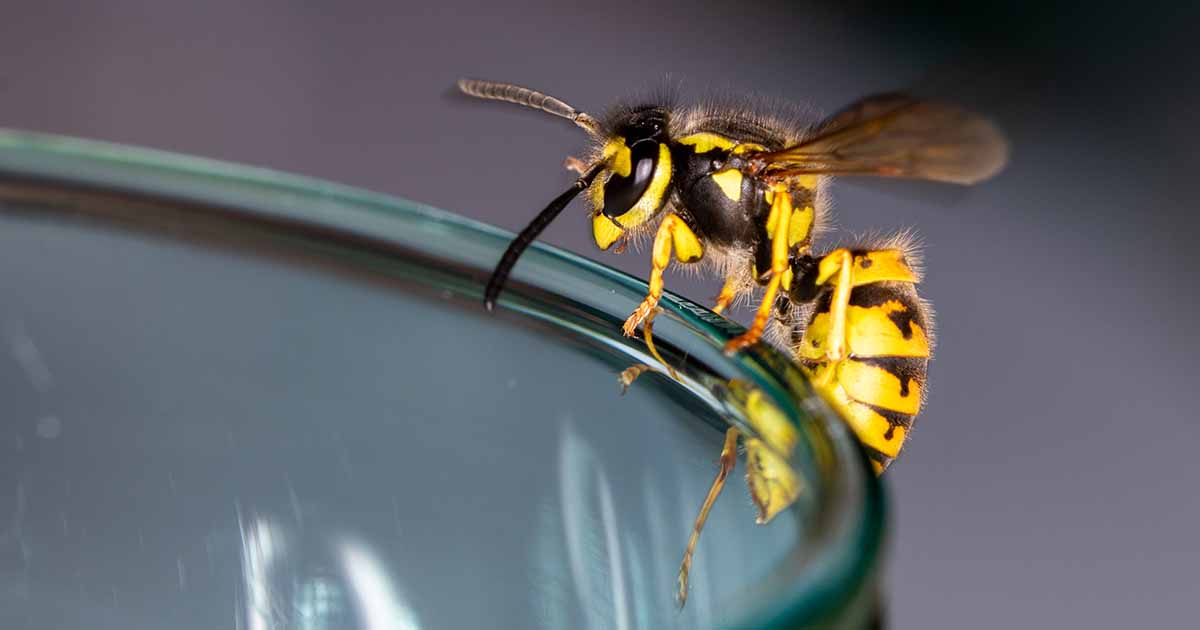
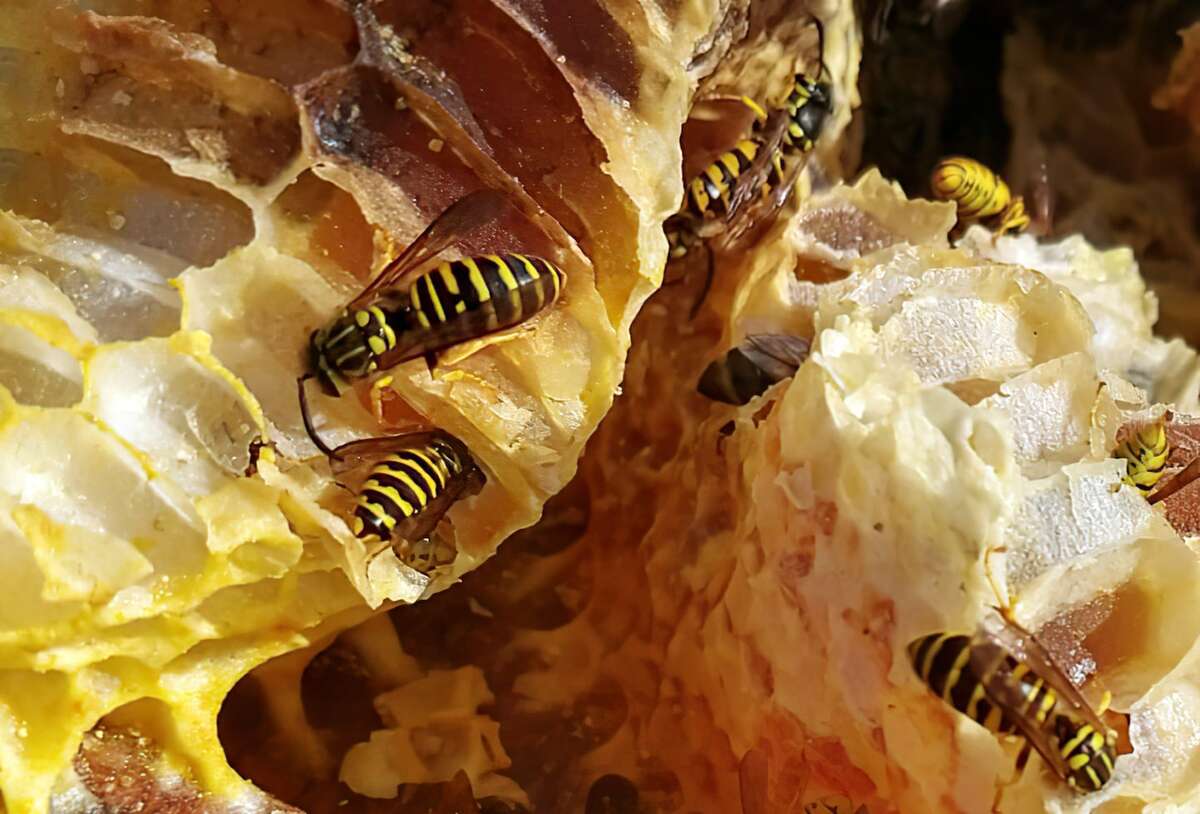
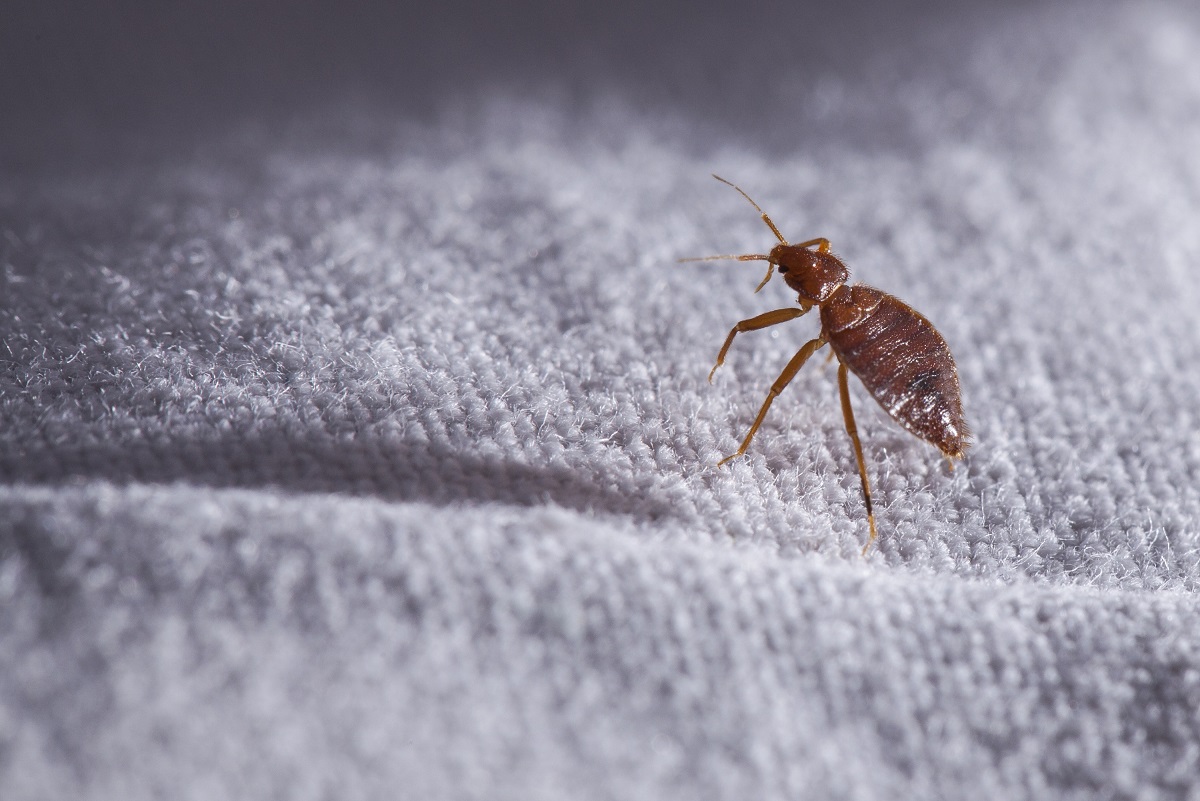
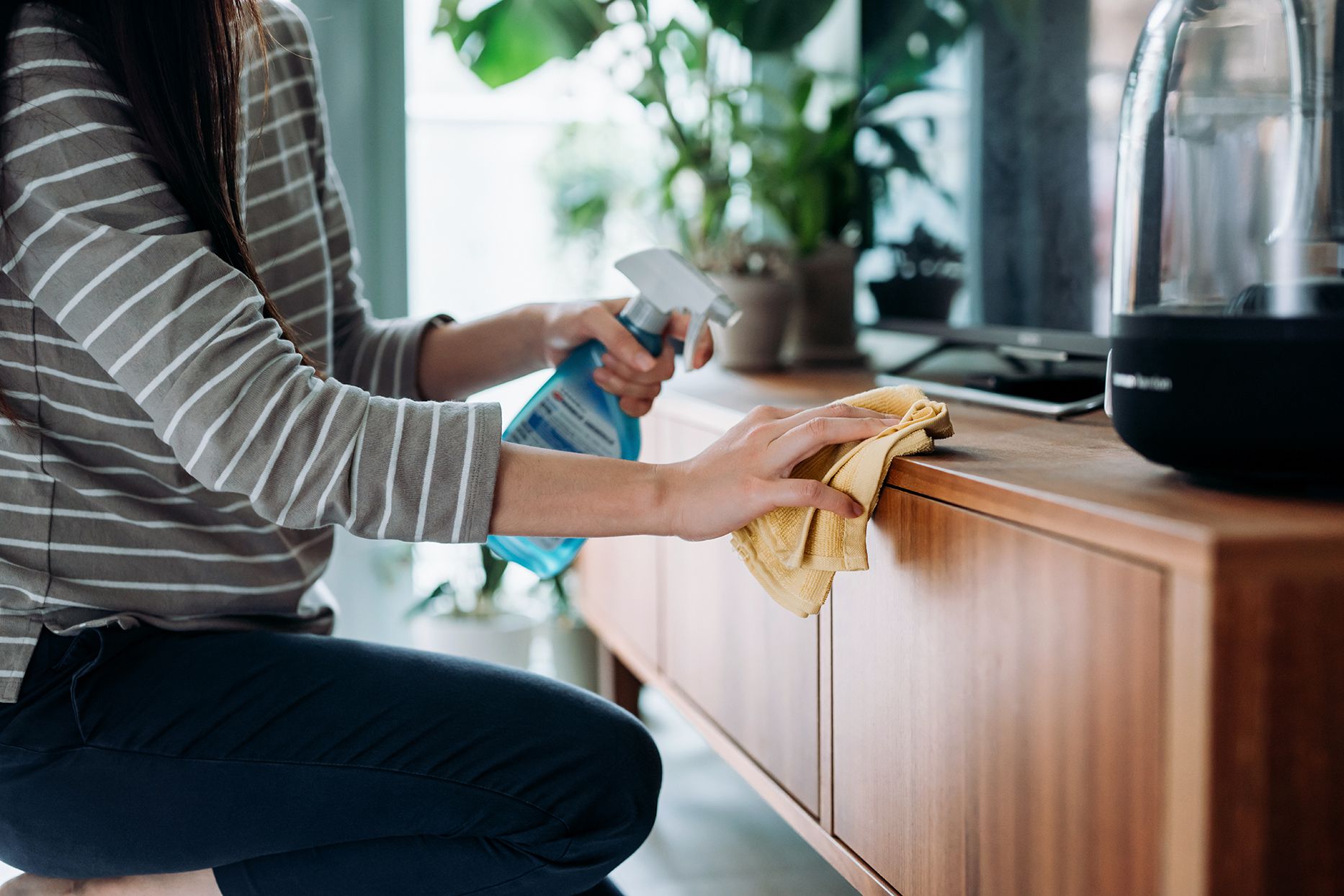

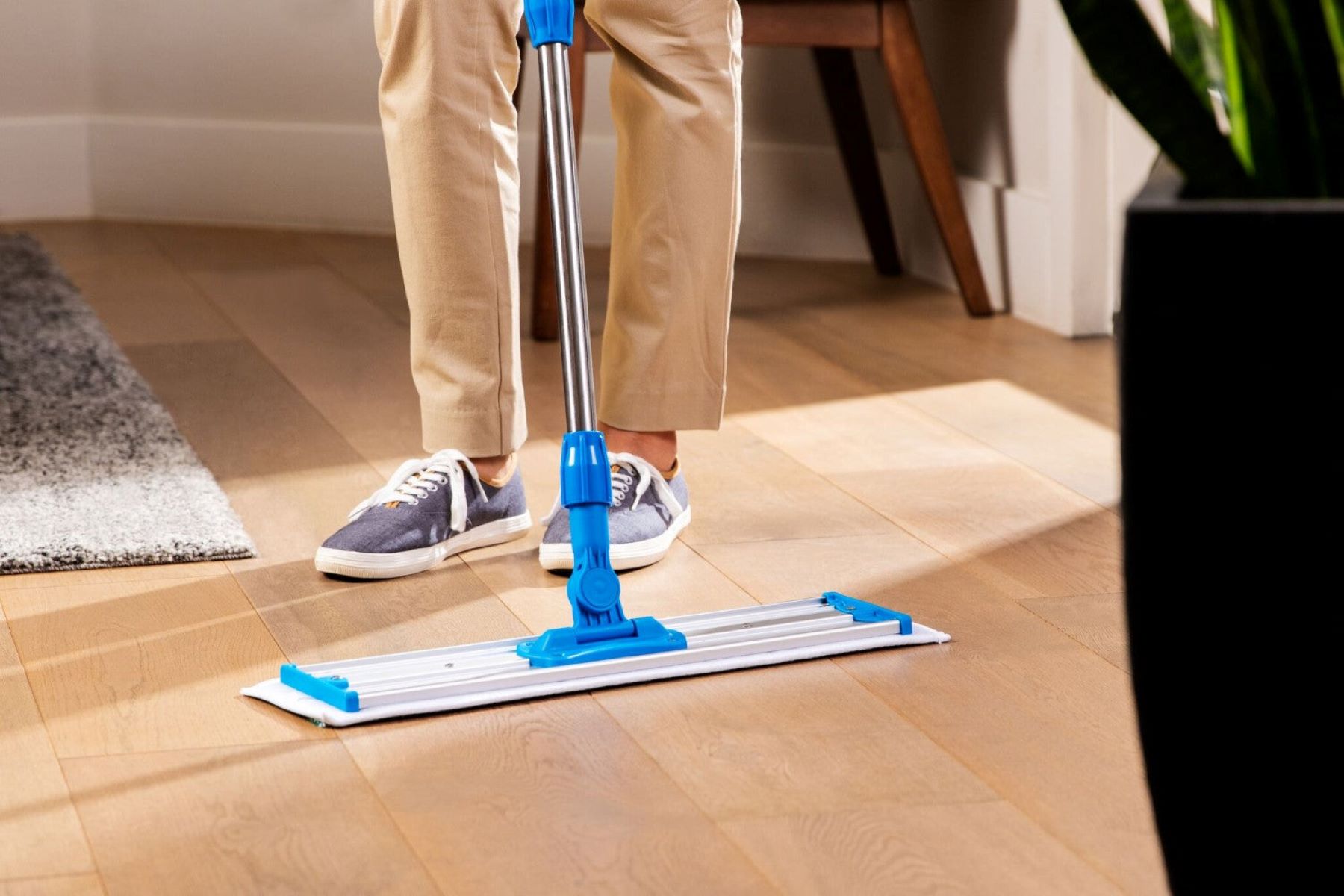
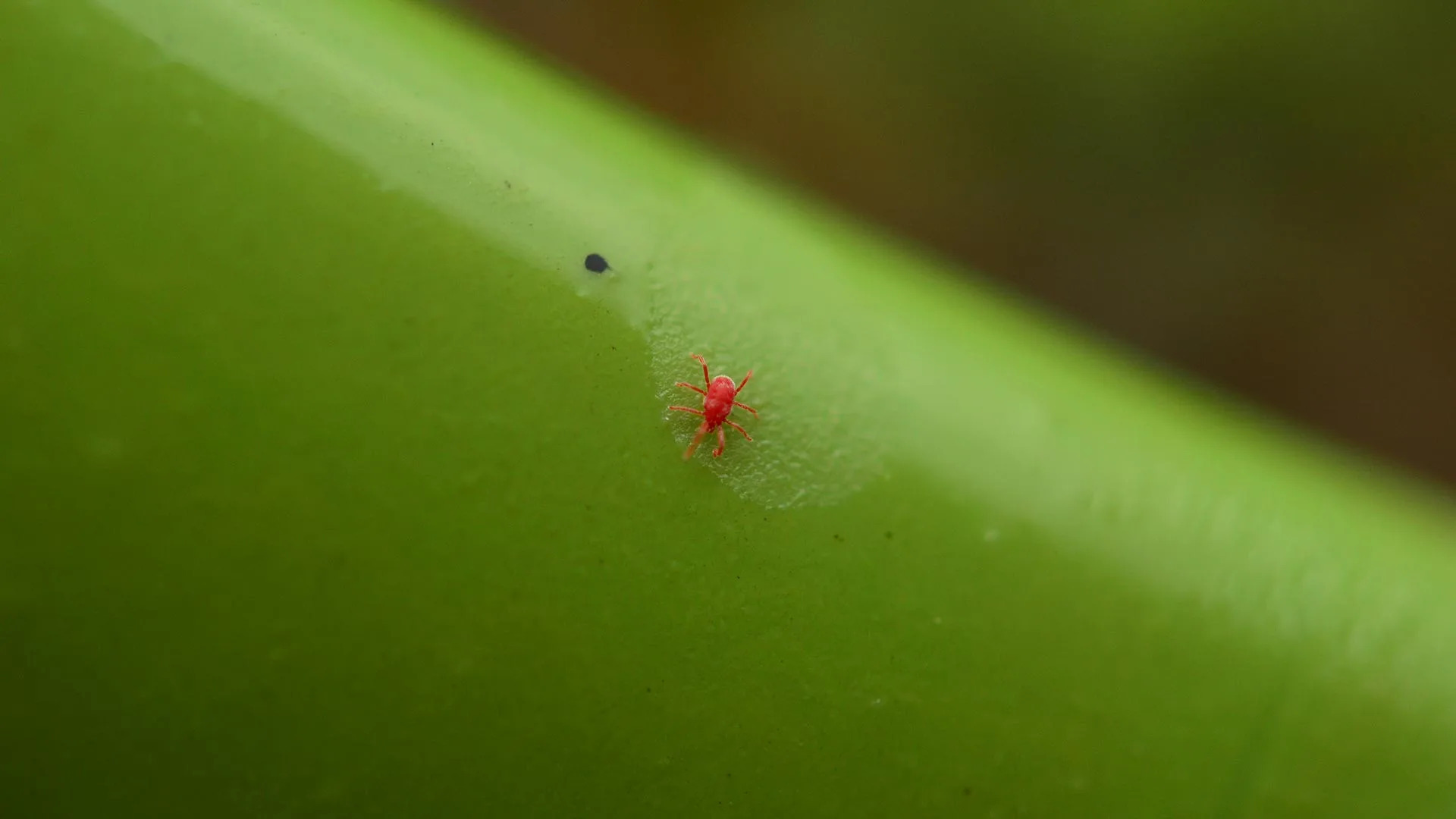

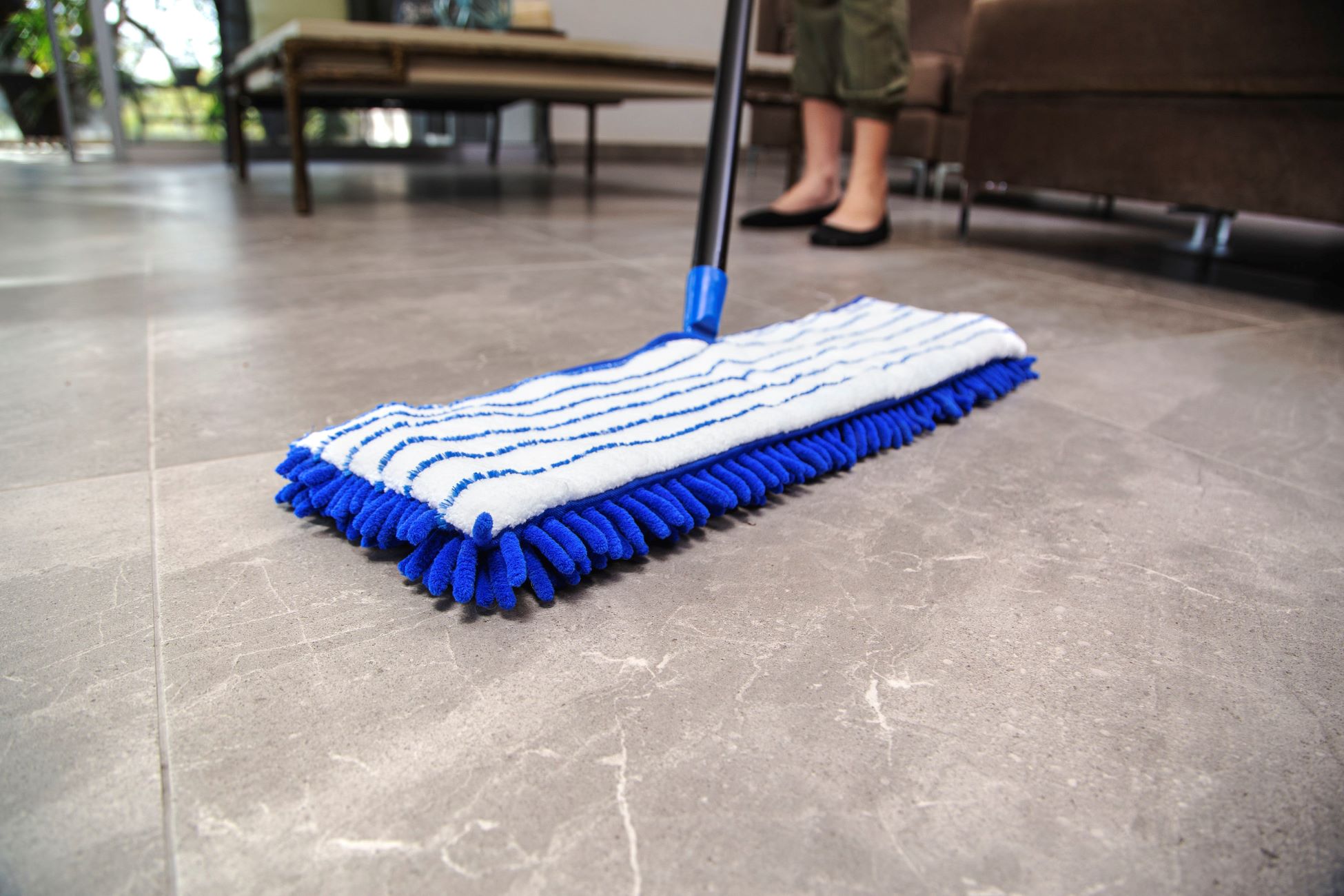


0 thoughts on “How To Kill Dust Mites In Pillows”